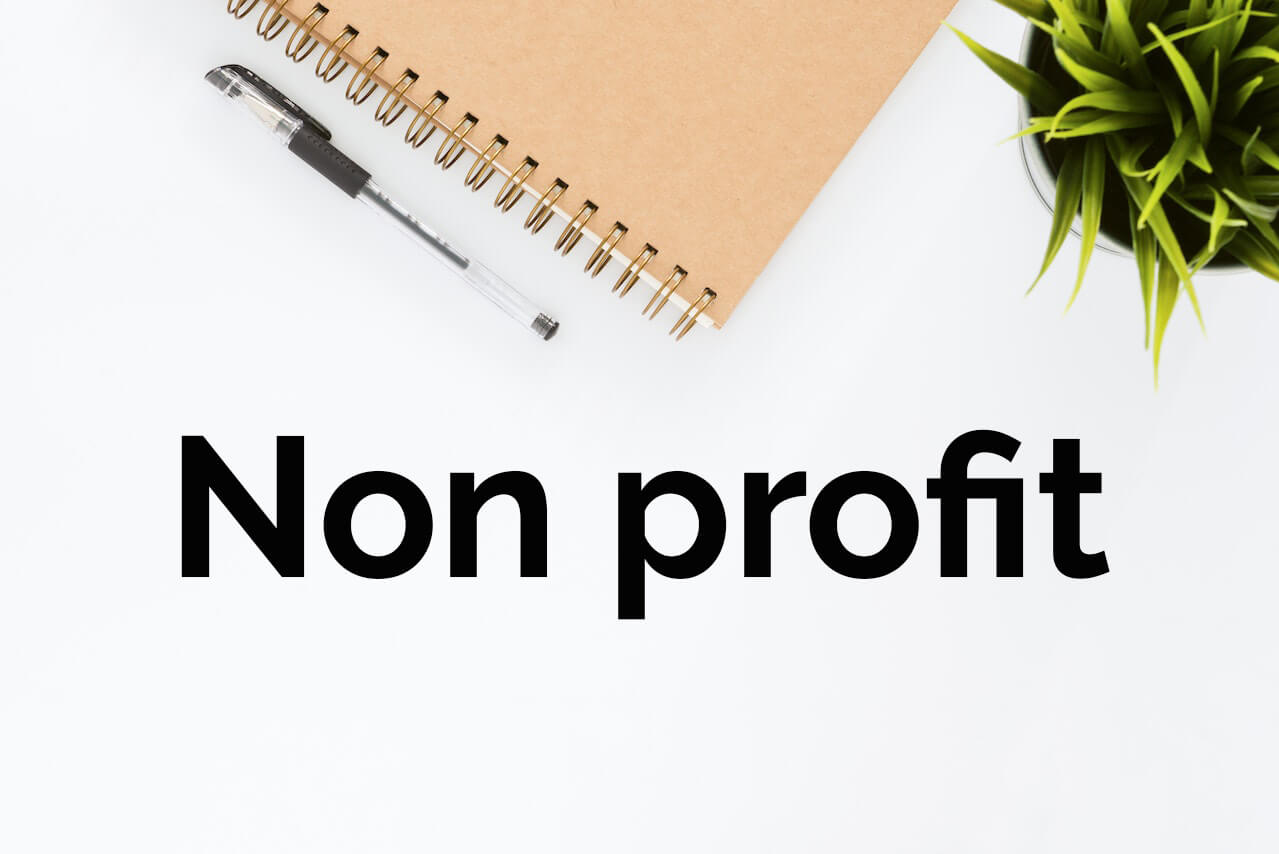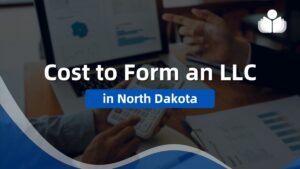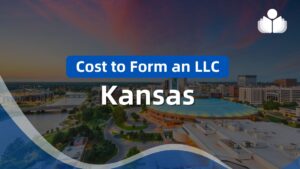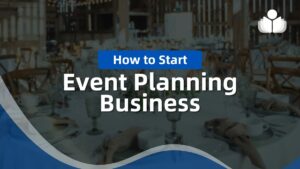Free Nonprofit Micro-eMBA Program. How to Provide the Program for Nonprofits?
© Copyright Carter McNamara, MBA, PhD, Authenticity Consulting, LLC.
You Can Provide a Program with Little Expertise
or Resources!
You have a wonderful opportunity to offer very low-cost, “nuts
and bolts” development program for nonprofits in your area!
Offering the program will be much easier than you think. You’ll
read below about a very straightforward approach called “peer-training
groups” that you can use to design and carry out the program.
This approach requires little expertise or resources from you.
First, we’ll review some basic considerations in offering any
management-related development program. Then we’ll review the
peer-training group approach that addresses many of the primary
considerations in offering a program.
Sections of This Document Include the Following
Primary Considerations in Setting Up
Any Development Program
How Peer-Training Groups Make It Easy
to provide the Program
Suggested Number of Meetings Per Learning
Module
Regarding Verification and Certification
of Learning
Also, consider
Related Library Topics
Primary
Considerations in Setting Up Any Development Program
There are some fairly standard considerations in setting
up and offering any management and organization development program.
You’ll need to think about the following primary considerations.
(Keep in mind that the peer-training process takes care of many
of these standard considerations for you!) They include:
- What do you want to accomplish overall with your Free Nonprofit
Micro-eMBA program? Professional development? Organization development?
Networking? Complement another training program? Other(s)? - How will learners gain the necessary knowledge, skills, and
abilities to achieve the outcomes that are preferred by the
program? Will learners listen to lectures? Do readings? Have
discussion? Other(s)? - What group(s) of learners will be in your program? New executive
directors? Experienced executive directors? Board members? Middle
managers? Volunteers? Other(s)? - How will learners be organized as they go through the program?
In groups/classes? On their own? As part of another program?
Other(s)? - In the case of an online program, will your learners have
consistent access to computers and the World Wide Web? - How will you evaluate the quality of the process in your
program? How will you identify what outcomes were achieved by
learners? How will you show evidence of that learning? - What expertise might you need to offer and support the program?
Subject-matter experts? Trainers? Evaluators? Advertisers? - How will you advertise your program and recruit learners?
Advertisements? Newsletters? Classifieds in newspapers? Direct
mail? Word of mouth? Other(s)? - What materials and facilities do you need? Training materials?
Classrooms? Parking spaces? Other(s)? - What costs are involved? Trainers? Subject-matter experts?
Facilities? Advertising? - What fee will you charge learners?
- Where will you get help if needed?
- What is involved in kicking off the program?
How Peer-Training Groups Make It Easy to Provide the Program
Peer Training Incorporates State-of-the-Art Methods
of Adult Development
Adults learn best when they a) actually apply new
information and materials, and b) exchange ongoing feedback with
others around those experiences. Few traditional classroom conditions
support these ideal conditions for learning. In most cases, an
expert delivers the training and afterward learners leave the
room, seldom seeing each other again. Too often, training materials
sit on shelves collecting dust — learners never really apply
their new learning. This problem doesn’t happen in peer-training
groups!
The process of peer training does provide ideal conditions
for learning. The peer-training process is based on the action
learning process, which is used across the world for personal,
professional, and organizational development. The peer-training
the process was developed by Carter McNamara of Authenticity
Consulting, LLC. Sponsors of the Free Nonprofit Micro-eMBA
can use the peer-training process to carry out the program in
a straightforward fashion that makes little use of high-priced
experts and facilities.
Before Peer-Training Begins, Sponsor the Markets Program
and Recruits Learners
Before the peer-training process begins, the program sponsor
organizes learners to go through the program. This involves some
basic advertising and promoting the program. How that marketing
is carried out depends very much on the nature and needs of the
sponsoring organizations and the locale in which the program is
being offered. The sponsor may find the program
flyer useful during the local advertising effort.
How the Peer Training Process Works
Once the group of learners has been organized, here’s
generally how the peer-training process works. The following sequence
repeats itself for each topic in a program.
1. The sponsor provides training materials in regard to a certain
topic. (In this case, all of the materials are already completely
available for free in the Free Nonprofit Micro-eMBA.)
2. Learners meet on a regular basis, for example, every two to
four weeks in three-hour meetings. Meetings are about three hours
long.
3. Between meetings, learners read the training materials in regard
to the topic.
4. Each meeting starts with some type of training activity, often
just a one-hour, open discussion about the particular topic that
the learners had just read about previous to coming to the meeting.
5. Immediately after the one-hour discussion period, learners
are organized into groups of 5-7 learners each to do a two-hour
peer-training circle (ideally, in separate rooms).
6. In their groups, learners share any materials that they brought
to share with other learners in their group, for example, policies,
plans, etc., that were developed by applying new information
and materials learned during the program
7. In each group meeting, each learner gets a specific amount
of time (a time slot of, eg, 20 minutes) to get help from other
members of the group. During their time slot, each learner addresses
five specific questions, including:
a) How did I apply the new information and materials gleaned from
the meeting of two to four weeks ago?
b) What did I learn from applying that information and materials?
(It’s highly suggested that the learner write down their
perceptions of their new learning.)
c) How do I plan to apply the new information and materials gleaned
from today’s meeting?
d) How can this group of peers help me apply the new information
and materials before the next meeting in two to four weeks?
e) Are there any information and materials that I’d like my peers
to bring for me in the next meeting that we’ll have in two to
four weeks?
8. At the end of that meeting, each member evaluates the quality
of that meeting and specifies what could have been done to make
the meeting even better.
9. Between meetings, members apply the new information and materials
that were gleaned from the previous meeting.
Then steps 1-9 are repeated for each topic or part of a topic
(see Suggested Number of Meetings Per
Learning Module), in the program.
Resources to Guide the Peer-Training Process
Sponsors can choose to implement the peer-training process
on their own, or they can obtain time-tested guidebooks which
give step-by-step instructions for organizing, facilitating and
evaluating peer-training groups. (The sponsor may want to pilot
a group or two of learners just to get the “feel” for
the peer-training process.)
Sponsors of the Free Nonprofit Micro-eMBA can obtain peer learning
guidebooks. Form peer learning circles for about $20 a person.
Go to Peer
Learning Guidebooks and see the Program Planning Kit to design
your complete peer learning program — then call us at 763-971-8890.
Suggested Number of Meetings Per Learning Module
The program’s learning modules vary in the amount of
materials to review and activities to conduct (in order to build
systems in the organization). Therefore, it may be prudent to
use more than one meeting to address certain modules (this is
in the case where the program sponsor has chosen to organize learners
together in meetings, eg, in peer-training groups). Note that
learners may choose to go through the program in an order other
than that specified in the catalog
of learning modules. That’s fine. Still, certain modules may
require more than one meeting of learners.
Note that the following are suggested — ultimately,
it’s up to the program sponsor and learners to how many meetings
they want to have.
|
Learning Module |
Suggested Number of |
| Program Orientation | 1 |
| Starting and Understanding Your Nonprofit | 1 about topics for reflection/discussion 1 about activities to build systems/practices |
| Understanding the Role of Chief Executive | 1 |
| Developing Your Basic Management and Leadership Skills | 1 about topics for reflection/discussion 1 about activities to build systems/practices |
| Building and Supporting Your Board | 1 |
| Developing Your Strategic Planning | 1 about topics for reflection/discussion 1 about activities to build systems/practices |
| Designing and Marketing Your Programs | 1 about topics for reflection/discussion 1 about activities to build systems/practices |
| Managing Your Nonprofit’s Finances and Taxes | 1 |
| Developing Your Fundraising Plan | 1 |
| Supervising Your Employees and Volunteers | 1 about topics for reflection/discussion 1 about activities to build systems/practices |
| Evaluating Your Programs and Services | 1 |
| Conducting the Overall Final Fitness Test of Your Nonprofit | 1 |
NOTES:
1. The above table suggests a total of 17 meetings in the program.
The number of meetings in the program ultimately depends on:
a) How many modules the learner (or the program) chooses to complete
b) The amount of time between meetings. The more time between
meetings, the more likely that learners could address a module
in one meeting.
2. The length of time to complete the program depends on:
a) The amount of time between meetings, for example, two to four
weeks.
b) How many modules the learner (or the program) chooses to complete?
Regarding Verification and Certification of Learning
Ultimately, It’s Up to the Program Sponsor/Provider to Determine
It’s up to the sponsoring organization to decide if the
program will include certification of learning, for example, a
diploma, “continuing education units” (CEUs), certificate,
etc.
It’s ultimately up to the local sponsoring organization to
decide how any verification and certification of learning is to
occur. The sponsor is in the best position to collect and evaluate
the necessary information in order to verify the extent of learning
and ultimately reward certification.
Learners in circles might consider among the following
evaluation ideas to decide their approach to evaluating their
learning in the program. NOTE: Before and after every circle meeting,
learners will complete a Session Planner Form which has learners
answering the questions about their learning, as well.
Objective Criteria That Could Be Considered for Evaluation
of Learning
The following criteria apply to programs where learners
are organized into groups, for example, in the peer-training process.
|
Item/Activity |
Evaluator* |
Passing Grade |
Failing Grade |
| attendance | facilitator | · None or one absence | · Absence from two or more meetings without visible effort to make up the missed meetings |
| documentation of learning | facilitator | · fully completed | · not completed |
| reflective document with a summary of learning from the program |
facilitator | · integration and synthesis of learning |
· Lack of integration and synthesis of learning |
| portfolio (collection of written results from the program) | facilitator | · complete | · not completed |
*The evaluator may be an outside facilitator
or all learners, for example.
Subjective Criteria That Could Be Considered for Evaluation
of Learning
|
Item/Activity |
Evaluator** |
Passing Grade |
Failing Grade |
| quality of learner’s feedback in meetings | group feedback in the final meeting | · Sustained high quality and quantity of feedback · build on own and others’ strengths |
· minimal feedback |
| quality of learner’s use of their time slots in meetings |
group feedback in the final meeting | · well-prepared explanation of current goal · Helped the group to help them · Overall: took charge of their learning |
· obvious lack of preparation for meetings |
**The evaluator may be an
outside facilitator or all learners, for example.
For the Category of Personal Development:
To round out your knowledge of this Library topic, you may want to review some related topics, available from the link below. Each of the related topics includes free, online resources.
Also, scan the Recommended Books listed below. They have been selected for their relevance and highly practical nature.
 Sections of this topic
Sections of this topic
















